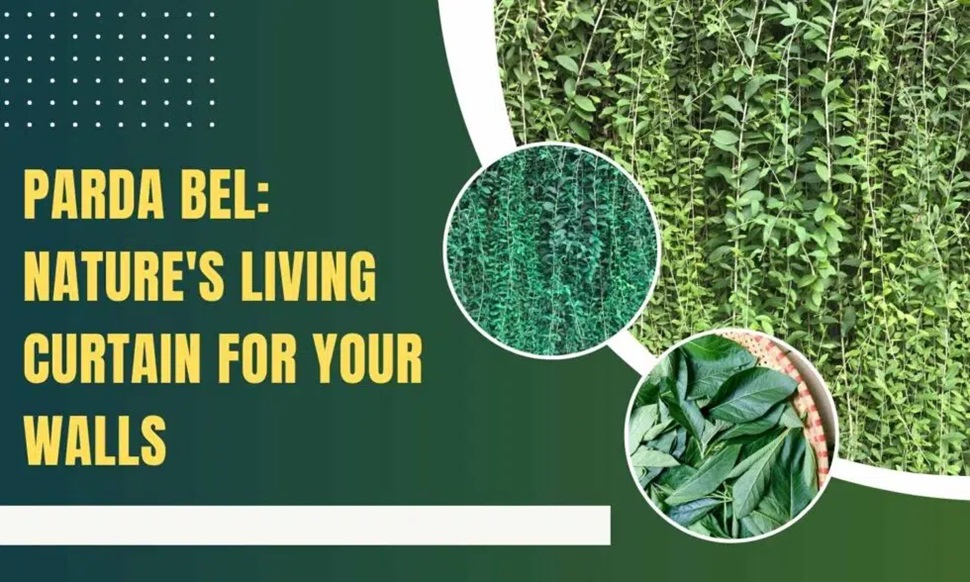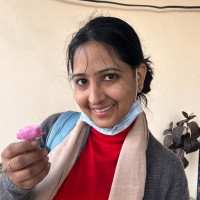Parda Bel: Nature’s Living Curtain for Your Walls

Strong 8k brings an ultra-HD IPTV experience to your living room and your pocket.
Title: Parda Bel: Nature’s Living Curtain for Your Walls
In the quest for sustainable living and design, the integration of nature into our living spaces has become a burgeoning trend. From indoor plants to green walls, people are increasingly seeking ways to bring the outdoors in. Among these innovative approaches is the concept of Parda Bel, a living curtain that not only enhances the aesthetic appeal of a space but also offers numerous environmental benefits.
Parda Bel, derived from Persian and Urdu, translates to "living curtain" in English. It encapsulates the idea of utilizing living plants to create a natural partition or covering for walls. The concept draws inspiration from the traditional practice of using hanging gardens, particularly prevalent in ancient civilizations like Babylon.
One of the most captivating aspects of Parda Bel is its versatility. Whether in homes, offices, or public spaces, it offers a unique solution for incorporating greenery into any environment. Unlike conventional curtains or blinds, Parda Bel provides not only visual interest but also improves air quality and promotes well-being.
The process of creating a Parda Bel involves selecting suitable plants that thrive indoors and can adapt to vertical growth. Low-maintenance species such as pothos, spider plants, ferns, and philodendrons are popular choices due to their resilience and ability to purify the air. These plants are typically arranged in modular panels or containers that can be easily mounted on walls or suspended from ceilings.
Beyond its decorative appeal, Parda Bel offers several environmental advantages. By introducing more greenery indoors, it helps mitigate the urban heat island effect, where built-up areas experience higher temperatures than surrounding rural areas. Plants naturally cool the air through transpiration, reducing the need for energy-intensive air conditioning systems.
Moreover, Parda Bel contributes to indoor air quality by absorbing harmful pollutants and releasing oxygen through photosynthesis. Research has shown that indoor plants can effectively remove toxins such as formaldehyde, benzene, and trichloroethylene, commonly found in household products and building materials. This natural air purification process creates a healthier and more comfortable indoor environment for occupants.
In addition to its environmental benefits, Parda Bel also has positive implications for mental health and well-being. The presence of greenery has been linked to stress reduction, improved mood, and increased productivity. In spaces where natural light is limited, Parda Bel can help create a sense of connection to the outdoors, fostering a more calming and rejuvenating atmosphere.
Furthermore, Parda Bel encourages sustainable practices by promoting the use of biodegradable materials and reducing reliance on synthetic textiles. Unlike conventional curtains made from synthetic fabrics, which contribute to plastic pollution and require energy-intensive manufacturing processes, Parda Bel relies on living organisms that contribute to ecosystem health.
Maintenance of Parda Bel typically involves regular watering, pruning, and occasional fertilization to ensure the health and vitality of the plants. However, advancements in irrigation systems and self-watering technologies have made it easier to maintain living walls with minimal effort.
As interest in biophilic design continues to grow, Parda Bel represents a compelling fusion of aesthetics, sustainability, and functionality. Its ability to transform ordinary walls into vibrant living canvases underscores the potential for integrating nature into our built environment in innovative ways.
In conclusion, Parda Bel offers a novel approach to interior design that embraces the beauty and benefits of nature. By incorporating living plants into our living spaces, we can create healthier, more sustainable environments that enhance our well-being and connection to the natural world. Whether in homes, offices, or public buildings, Parda Bel serves as a testament to the enduring allure of greenery in enriching our lives.
As we strive to harmonize our built environment with the natural world, let Parda Bel serve as a reminder of the profound impact that even a simple curtain of greenery can have on our surroundings and our souls.
Note: IndiBlogHub features both user-submitted and editorial content. We do not verify third-party contributions. Read our Disclaimer and Privacy Policyfor details.


